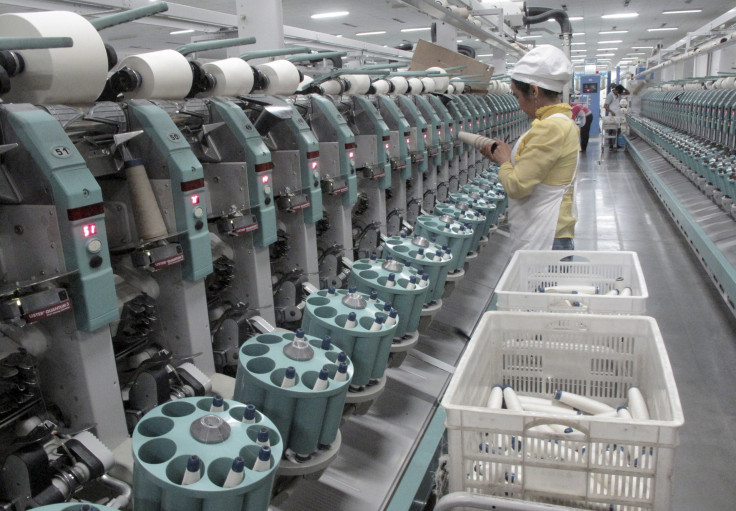Most Asian Stocks Still High On Bank Of Japan Stimulus, China Hit By Factory Sector Slowdown

Asian stock markets began February trade on a mostly positive note, still under the influence of Bank of Japan’s negative interest rates announced Friday. But weak factory data from China released Monday morning hit the Chinese markets, which responded by closing lower.
The Nikkei 225 and Topix indexes in Japan closed higher by 1.98 percent and 2.14 percent respectively, while South Korea’s Kospi Index ended the day 0.67 percent up. The S&P/ASX 200 Index in Australia closed trade 0.76 percent higher, while India’s S&P BSE Sensex was almost flat, losing 0.19 percent.
Hong Kong’s Hang Seng Index was 0.45 percent lower, while on mainland China, the Shanghai Composite and Shenzhen Composite indexes were both down by 1.78 percent and 1.04 percent respectively. China's tech-heavy ChiNext Price Index was flat, lower by 0.07 percent only. In Singapore, the Straits Times Index ended trade 1.02 percent lower.
Since the start of 2016, the Shanghai Composite Index has lost 24 percent of its value. The fall on Monday was triggered by the latest manufacturing data that showed an official factory gauge slumped to a three-year low in January. The sell-off in the first month of 2016 was the steepest in the Chinese markets since the global financial crisis of 2008.
ANZ’s chief China economist, Li-Gang Liu, told the Guardian that the factory slump would continue for some time. “The manufacturing sector will likely face a tough year ahead on the back of overcapacity, weakening global demand, and the government’s plans to tackle pollution,” he said.
Release of manufacturing data from European countries showed tepid growth, at best, leading to a dull start for stock market trade, and since opening, indexes moved lower. The U.K.’s FTSE 100 Index was trading down by 0.48 percent, the CAC 40 Index in France was lower by 0.73 percent and Germany’s DAX Index was down 0.79 percent.
U.S. stock futures were all trading in the red as well. The Nasdaq, S&P 500 and Dow Jones futures were all about 0.4 percent lower.
After touching an intraday low of $35.04 a barrel, Brent crude was trading at $35.80.
© Copyright IBTimes 2024. All rights reserved.




















